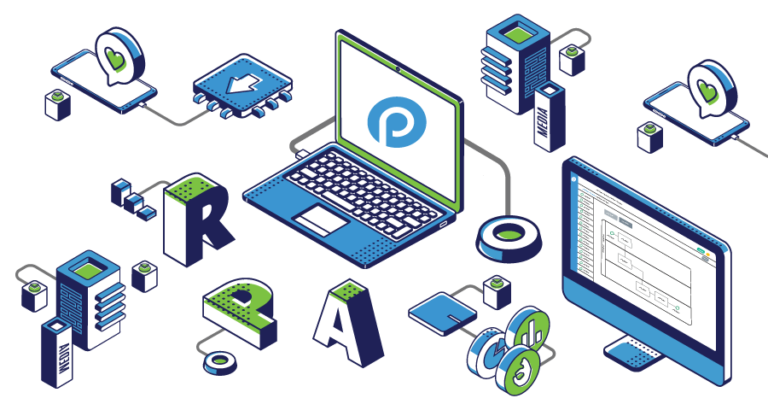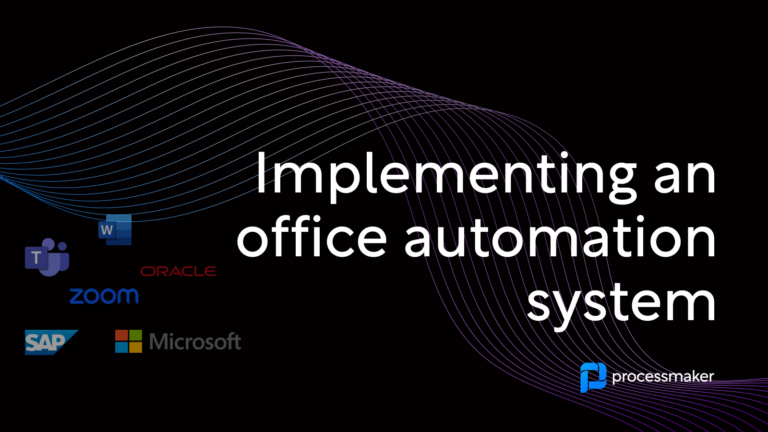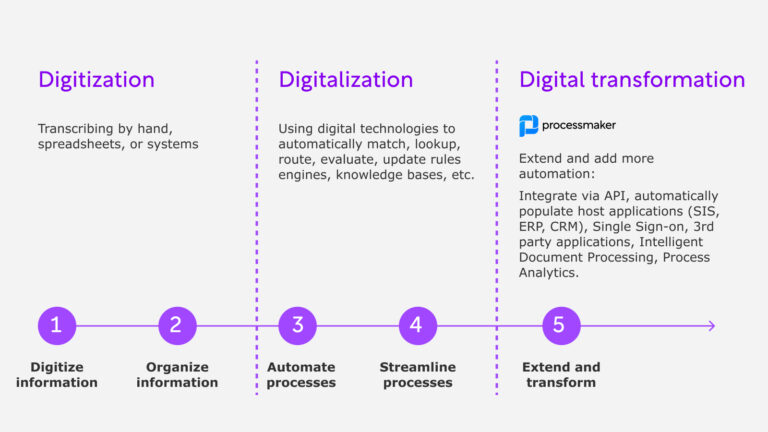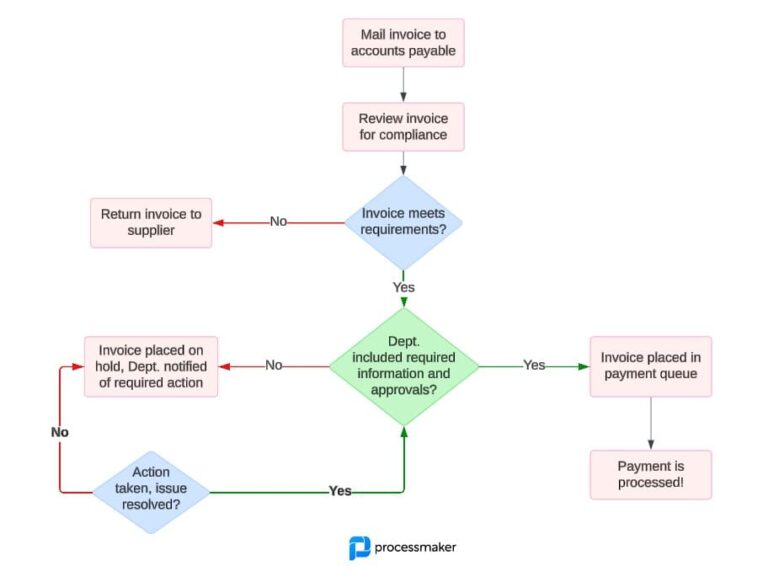Many organizations are feeling the pressure to accomplish time-consuming jobs more quickly due to a new approach called Robotic Process Automation. As a result, it outperforms and costs less than any other available technology. This facilitates the digital transition by automating processes that would have to be performed manually in an analog environment. Further, RPA is the fastest-growing section of the commercial software business, according to industry analysts such as Gartner. While RPA can help you automate tedious and repetitive tasks, it cannot fix a process that you do not understand or that isn’t very accurate in some manner. It is quite possible that an RPA project would fail miserably due to this simple blunder.
Does RPA align with your current business processes?
Although RPA’s name means “process automation,” this was never the technology’s primary objective. Robotic process automation can assist in automating mundane manual operations. Micro-workflows can be used to simulate human actions on a computer screen. They, however, are incapable of automating anything other than rudimentary decision-making. Many confuse RPA with BPM, in this sense it is crucial to have an intermediate understanding of business process automation vs. robotic process automation.
As with any tech, there are benefits and drawbacks of RPA. Robotic Process Automation (RPA) is an acronym for automating repetitive human processes. Data input and administration are two of the most typical applications. RPA can accelerate production in some circumstances while also decreasing mistakes and expenses. Due to the ease with which RPA may be implemented, and the clear move from analog to digital, enterprises may quickly notice its benefits.
Even if RPA’s vague but unavoidable flaws arise from these same benefits, they are worth noting. Deployments have been suspended, and even when finished, only a small number of bots remain operating. While RPA can automate specific tasks, it may fall short of satisfying an organization’s more considerable expectations and goals.
Are you automating the wrong processes?
RPA is a highly effective tool, but only up to a point. Some processes are inherently dynamic. One illustration of this complexity is an excessive number of stages or decision points.
Businesses must evaluate their present and future RPA deployments to see if they meet or surpass the five-step complexity requirements. A lack of structure may also affect the complexity ceiling. Due to RPA’s “robotic” nature, the actions, data kinds, and outputs it may create are limited. As a result, RPA’s ability to deal with more complex and unstructured data is harmed. Businesses with non-rigorous and structured data formats and process processes have a few choices for automating data preparation operations. They may choose a more suitable DPA solution, invest considerable effort in labeling and preparing data in advance, or modify the process rules.
Your RPA bot’s target UI has changed without its knowledge
RPA is not very adept at self-learning or adapting to unanticipated situations despite its best attempts. RPA is commonly confused with artificial intelligence (AI), although it is more adept at following instructions than self-learning or reacting to unexpected situations. Changes to the user interface are one of the most prominent examples. If the bot can locate the precise button in the top-left corner of the website, it can go to the sign-up page using the top-left corner.
Because RPA automates just a few activities, it is prone to scalability failure. While this has a microcosmic influence, it has a negligible macrocosmic effect.
Thus, it’s critical to review and reassess your process automation strategies. To automate this specific job, RPA should be employed. However, relying just on RPA would not enable the capacity to achieve your digital transformation goals.
Take the right approach
RPA is not a “next-generation” technology for automating business processes. When RPA is used, processes are entirely ignored. In addition, RPA is one of the numerous technologies that may be beneficial in various business processes. While all organizations should utilize RPA and DPA/BPM technologies, they should not be mutually exclusive. Instead, use them in conjunction.
DPA/BPM is more than a binder. When you analyze the jobs themselves, you’ll see that processes favor complex patterns to arrange them. Consider the several coordination levels, subtasks, delegates and substitutes, consultations, and status reporting.
To summarize
While RPA is a valuable tool for digitally altering critical business activities within bigger organizations, it is not sufficient to transform your company fundamentally. By inflating the technology’s merits, both buyers and sellers may wind up causing more damage in the long run.
The rapid growth of RPA demonstrates businesses’ success in digitally reforming themselves. Still, the journey is far from complete.





